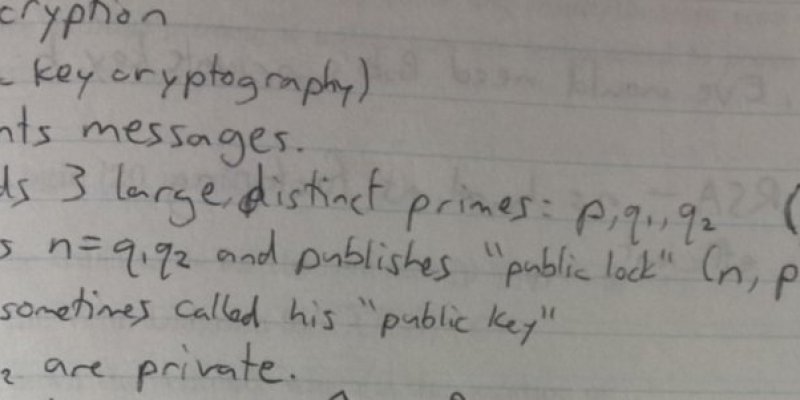This is a simplified overview of how public-key cryptography works. It is meant to be a supplement to my other article, Asymmetric Encryption, which you might want to read first. What you are about to read involves some high-school-level math. If that's not your thing, feel free to skip this one!
This is the second of two lead-up articles to How Blockchains Work, which will explain the foundation of blockchain-based technologies, such as Bitcoin and Ethereum. Stay tuned for it! In the meantime, read this and my post on cryptographic hash functions.


